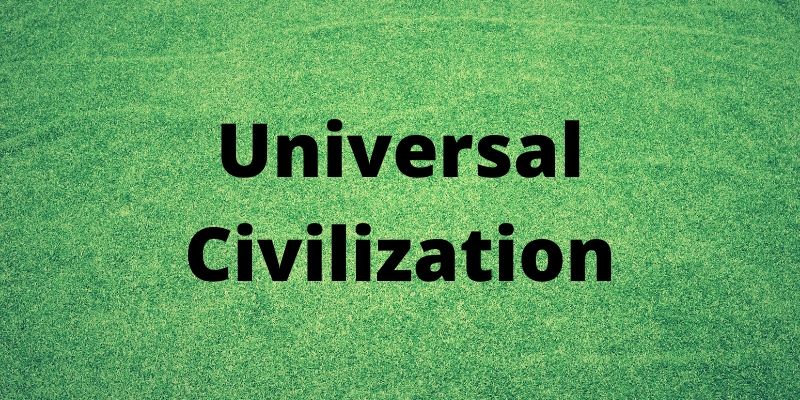Originally published in August 31, 2019. Last updated on April 16, 2025
Over a decade ago, around the late 2000s, Punjab embarked on an ambitious educational reform journey by transitioning the medium of instruction from Urdu to English. The primary goal was clear: to equip students with global communication skills that also align Punjab’s education system with international standards. This step was envisioned to open new doors of opportunity for students in an increasingly interconnected world.
Embracing Change with Optimism
Initial challenges emerged, as anticipated in any major shift. A comprehensive survey conducted across 22 districts in Punjab highlighted certain areas that required improvement. Specifically, primary school students initially faced difficulties adapting to English, given its unfamiliarity to many, particularly in rural settings. Understanding the complexity of language instruction, Punjab’s government showed adaptability and responsiveness by reconsidering the decision. By March 2020, the education department decided to revert to Urdu, aiming to enhance students’ comprehension and comfort in learning.
However, it’s essential to recognize that the medium of instruction alone isn’t the defining factor in educational effectiveness. Punjab’s dynamic educational landscape encompasses diverse linguistic backgrounds, including Punjabi, Saraiki, and several regional dialects, especially in rural regions. Therefore, while the language of instruction is crucial, there are broader, impactful strategies that can ensure sustained improvements in education quality.
The Power of Technology in Bridging Educational Gaps
Technology has transformed every sector globally, and education in Punjab stands poised to benefit significantly from its integration. Regardless of the medium of instruction—Urdu, English, or any regional language—technology offers innovative ways to make learning more interactive, engaging, and effective.
Digital Learning Platforms: Breaking Boundaries
Digital learning platforms offer a flexible solution to language-related challenges. Online learning resources, multimedia content, and interactive platforms make education accessible in multiple languages simultaneously, allowing students to learn at their own pace. Platforms such as Khan Academy, Coursera, and localized versions of educational portals provide invaluable resources that complement traditional classroom teaching, making learning more immersive and practical.
These platforms also support multilingual approaches, where students can switch languages as needed, ensuring comprehension isn’t compromised. Digital tools empower teachers to create personalized learning experiences tailored to each student’s unique learning style and pace.
Smart Classrooms: Interactive and Engaging Education
Another exciting technological advancement for Punjab’s educational landscape is the introduction of smart classrooms. Equipped with digital projectors, interactive whiteboards, and high-speed internet, smart classrooms enable interactive learning that goes beyond traditional textbook teaching.
Teachers can effectively demonstrate complex concepts visually, ensuring that students grasp ideas faster and retain information longer. Interactive quizzes, animations, and educational videos can bridge linguistic gaps, turning language from a barrier into a bridge that connects students to global knowledge.
Training Teachers Through Technology
While technology offers great potential for student engagement, its success largely depends on teachers’ capacity to leverage these tools effectively. A critical area of focus is providing comprehensive technological training to educators. E-learning platforms designed specifically for teacher training enable educators to gain skills in classroom management, digital instruction, and the integration of multimedia content.
With proper training, teachers can use technology confidently and creatively, significantly enhancing their ability to connect with students, clarify challenging concepts, and elevate the overall quality of education. The Punjab government can continue to build teacher capacity through virtual training programs, webinars, and certifications provided by reputable global educational organizations.
Curriculum Enhancement Through Technology
Revising the curriculum with technology at its heart is another essential strategy for Punjab’s educational growth. Instead of traditional rote learning, digital integration promotes a more practical, application-oriented approach. For instance, incorporating coding classes, digital literacy lessons, and problem-solving tasks into the curriculum can profoundly impact students’ critical thinking and employability skills.
Curriculum enhancement through technology does not just prepare students academically; it equips them with skills necessary for the digital age, including coding, data analysis, online research, and effective digital communication.
Encouraging Co-Curricular Activities with a Tech Twist
Technology also facilitates the development of holistic educational experiences beyond academics. Encouraging participation in co-curricular activities through virtual competitions, webinars, online science fairs, and hackathons can significantly boost students’ confidence, creativity, and collaborative skills.
Such activities cultivate teamwork, leadership qualities, and practical problem-solving abilities among students, preparing them effectively for future careers in technology-driven industries.
Practical Skill Application: Bridging Theory and Real-World Scenarios
An effective education goes beyond theoretical knowledge—it empowers students to apply what they’ve learned practically. Technology-driven simulations, virtual laboratories, and augmented reality (AR) applications provide students with realistic environments for experimentation and learning.
For example, students in rural Punjab can virtually visit historical sites, scientific labs, or international institutions without leaving their classrooms, enriching their learning experience and broadening their perspectives. This practical approach fosters creativity, innovation, and enthusiasm for continuous learning among students.
Future-Proofing Education: Embracing Continuous Innovation
Education in Punjab, as everywhere, must evolve continuously. Frequent policy changes can indeed pose challenges, but adopting a consistent, forward-thinking approach focused on innovation and technology can lead to sustainable, long-term improvements. Punjab’s commitment to embracing technology illustrates optimism and resilience in the face of educational challenges.
The Punjab government, educational policymakers, technology providers, and educators can work together to ensure a seamless integration of technology within the education system. By fostering collaboration between the public and private sectors, Punjab can rapidly accelerate educational outcomes, preparing students effectively for the digital future.
Towards a Digitally Empowered Punjab
Looking forward, the potential for technology to revolutionize education in Punjab remains enormous. With a clear focus on digital integration, teacher empowerment, and student-centered learning, Punjab can effectively address educational challenges and create an inclusive, equitable, and high-quality education system.
Through embracing technology, Punjab is not merely reacting to challenges; it’s proactively shaping its educational future, empowering students to become informed, capable, and globally competitive citizens.
Conclusion
Punjab’s educational journey highlights the transformative potential of technology in overcoming traditional barriers to effective learning. Instead of viewing language changes as obstacles, technology invites us to see them as opportunities to innovate and adapt. Digital tools, interactive learning platforms, and technologically enriched curricula promise a brighter, more inclusive educational future for Punjab.
By continuing on this optimistic and tech-driven path, Punjab can lead by example, demonstrating how educational challenges can become stepping stones toward a digitally literate, technologically empowered, and globally connected student community.

